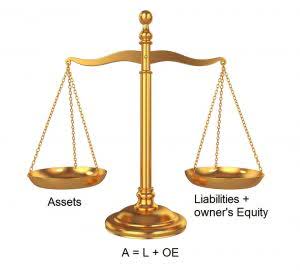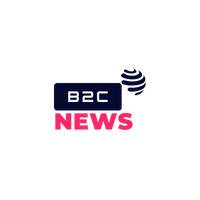
Keeping accurate records of your cash flow with this financial statement is crucial to keeping your company afloat. The periodic method of tracking your inventory can be less convenient and more labor-intensive, but it might be preferable if your company can’t afford a fully capable POS system. This inventory-tracking method requires you to manually count and track inventory periodically, such as weekly or monthly.
- Let’s take a closer look at these alternatives to the retail inventory method.
- Each method has its own set of trade-offs, and the optimal choice will depend on factors such as the size of the business, inventory types, price volatility, and regulatory environment.
- That way, you know exactly when your stock levels are running low and when it’s time for you to call in product reinforcements.
- The retail method of accounting can be helpful for multi-location retailers because it allows for fast, consistent inventory tracking.
- Because you assume prices are the same, retail accounting is easy to calculate and can lower your expenses without needing to close the store for inventory counts or pay staff to do it for you.
- Having recognized the strengths and weaknesses of this accounting method, let’s briefly review them.
Ways to Account for Inventory Costs in Retail Accounting
It helps in easily figuring out the cost of inventory and the cost of goods sold. The retail method to inventory represents just one strategy for calculating your inventory’s value. Alternate retail accounting approaches include counting inventory, the FIFO (first in, first out) method, the LIFO (last in, first out) method, and the weighted average cost method.
What is the difference between retail accounting and cost accounting?
Depending on the type of inventory you sell, you may be able to use the simpler retail method to calculate the cost of goods sold and the cost of your ending inventory. Take this number and subtract the sales total multiplied by the percentage, then subtract it from the cost of goods sold to get the ending inventory total. It allows retailers to bypass physical inventory counts and ascertain inventory value, potentially enhancing retail business accounting over time. The cost method of accounting tracks the cost of each item from when it’s bought to when it’s sold. It’s different from retail accounting, which averages costs over categories.
Inventory Management and Shrinkage Control
- Knowing the quantity of physical inventory on your shelves is one thing.
- Retail accounting simplifies the process of monitoring inventory costs compared to other methods.
- By simplifying the accounting process, the retail method provides several advantages that can enhance the financial management and operational efficiency of a retail business.
- Alternate approaches include counting inventory, the FIFO (first in, first out) method, the LIFO (last in, first out) method, and the weighted average cost method.
Assuming a cost-to-retail ratio of 71.43% (calculated from the cost and retail values of goods available for sale), the estimated ending inventory https://www.bookstime.com/ at cost would be $41,429. To calculate ending inventory using the retail method, subtract the total sales at retail price and the cost of goods sold at retail price from the beginning inventory at retail price. The most accurate way to find out how much your inventory is worth is to do a manual count. While the retail method to inventory valuation is a good shortcut when you’re in a pinch, it can’t replace physical inventory counting. Now it’s time to calculate your cost-to-retail percentage, which can be found by dividing the cost of goods sold by retail price.

Inventory Valuation with the Retail Method

The intricacies, implications and expense of switching to cost accounting dissuade some retailers, according to Joe Schmitt, managing director at Berkeley Research Group. For unearned revenue any grappling with a major shrink problem, though, taking the leap is probably wise, he said by video conference. RIM’s reliance on estimates based on selling-price changes is a problem here, Shamapande said. For TD Cowen’s Chen, this is the main reason why retailers should bite the bullet and switch to cost accounting. Cost accounting, by contrast, relies on the costs of goods, which remain the same, no matter if the retail price changes over a week, a month, a quarter or a year.

